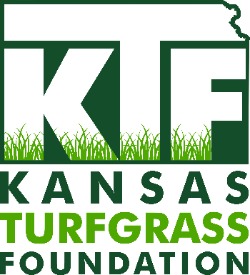Orchardgrass (Dactylis glomerata)

Orchardgrass is a cool-season coarse textured, upright, bunch-type perennial grass. This grass is frequently used as a forage grass but may be a contaminant in low quality seed mixtures. The leaves are smooth, wide ¼ to ½ inch and taper to a boat-shaped tip. It is easily identified by its tall membranous ligule. The leaf color is light gray, dull-green and it does not form a dense turf canopy even when well watered and fertilized. It is not compatible with any fine leaf textured turfgrasses like Kentucky bluegrass, perennial ryegrass or turf-type tall fescue.
Occurrence
This grass usually invades lawns by planting contaminated seed lots or in newly established lawns that were once pastures. It grows well in full sun or partial shade but will not tolerate heavy traffic or close mowing heights. What makes this grass so objectionable aside from its color is its rapid vertical growth rate which requires more frequent mowing in order to keep a uniform turf surface. Additionally, the leaf tips have a tendency to shred rather than mow cleanly, even with sharp mower blades.
Non-Chemical Control
Plant certified seed that is free of orchardgrass seed. Existing clumps can be physically removed by hand or cut out with a shovel. Maintain optimum turf density and health through proper mowing and adequate fertilization.
Chemical Control
No reliable selective herbicides are available for control of orchardgrass. Therefore, if only a few clumps of orchardgrass exist in a lawn, spot treatment with topical applications of a non-selective, systemic herbicide like glyphosate can be an effective control measure. Do not apply these herbicides to desirable turf as they will kill them too. Once dead, the treated areas should be re-seeded or sodded with a desirable and compatible turfgrass.



